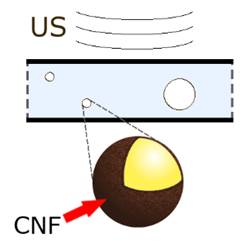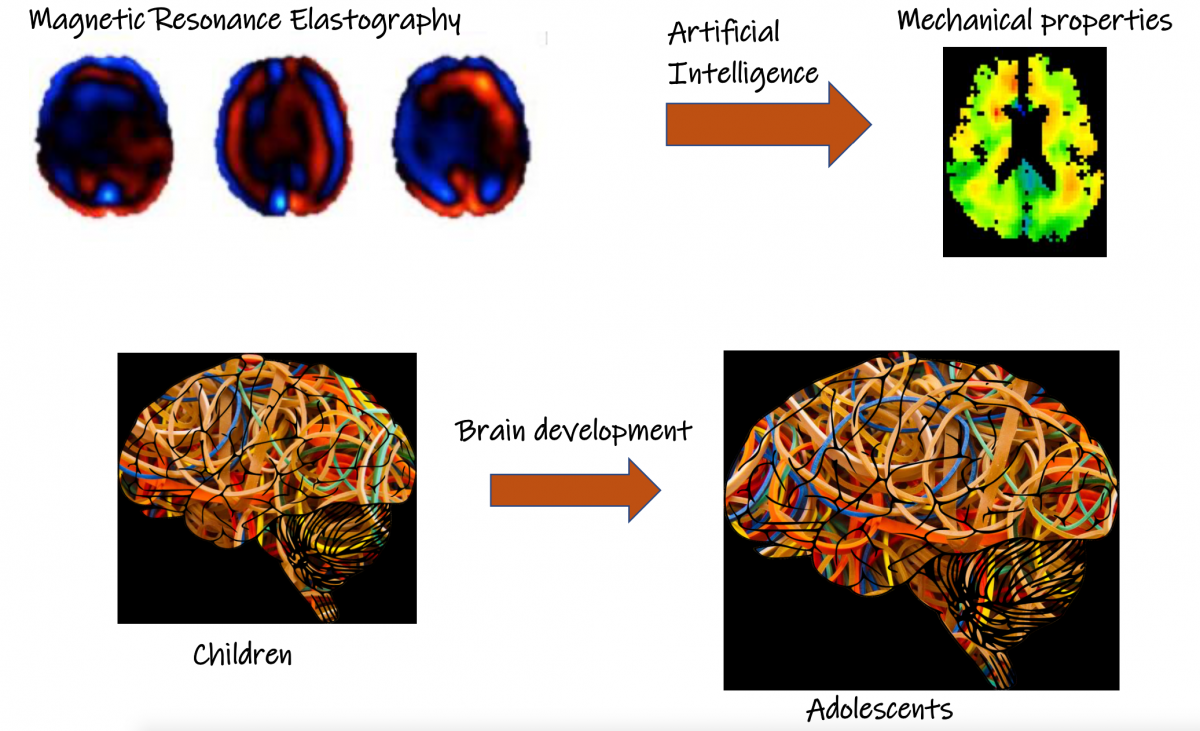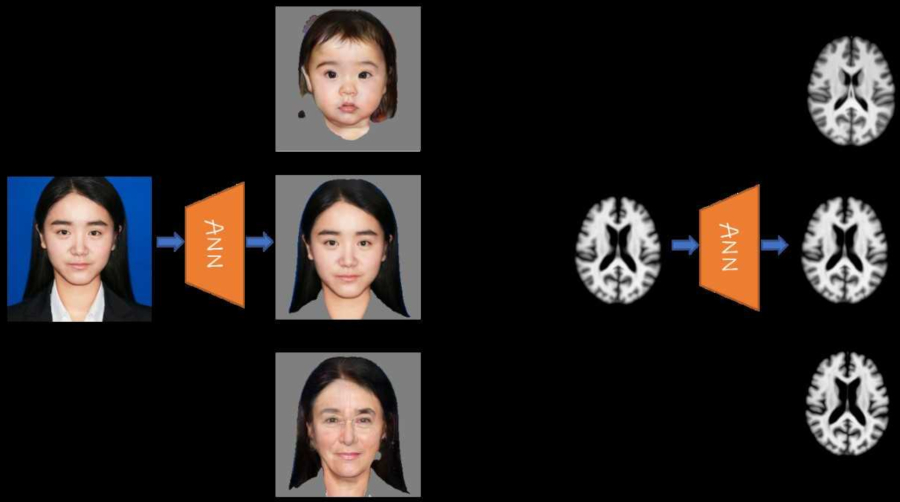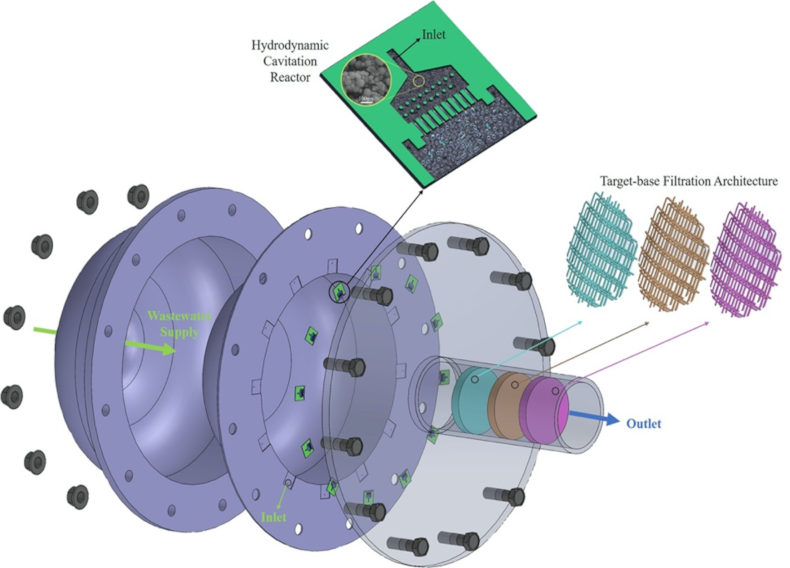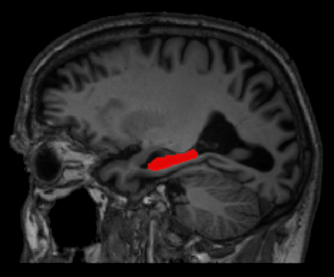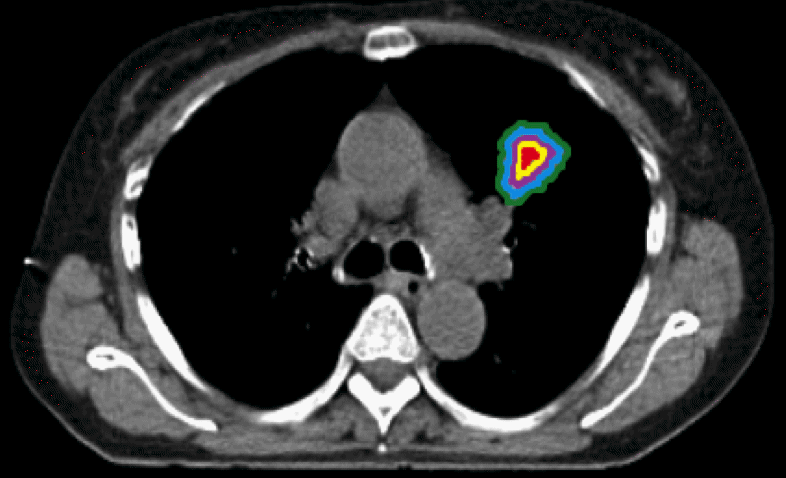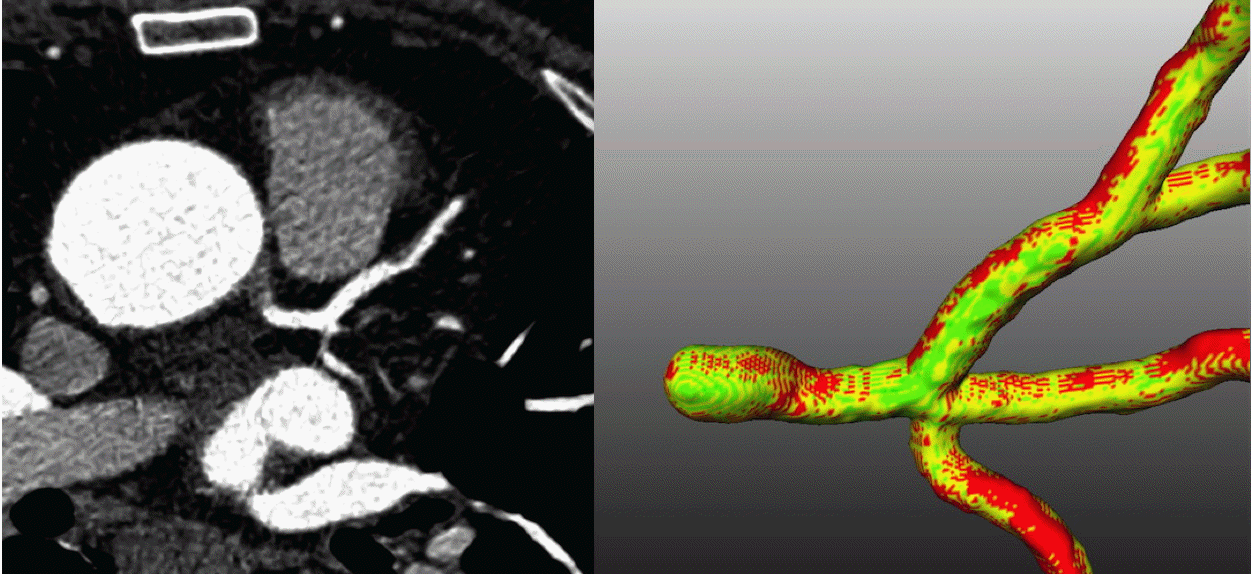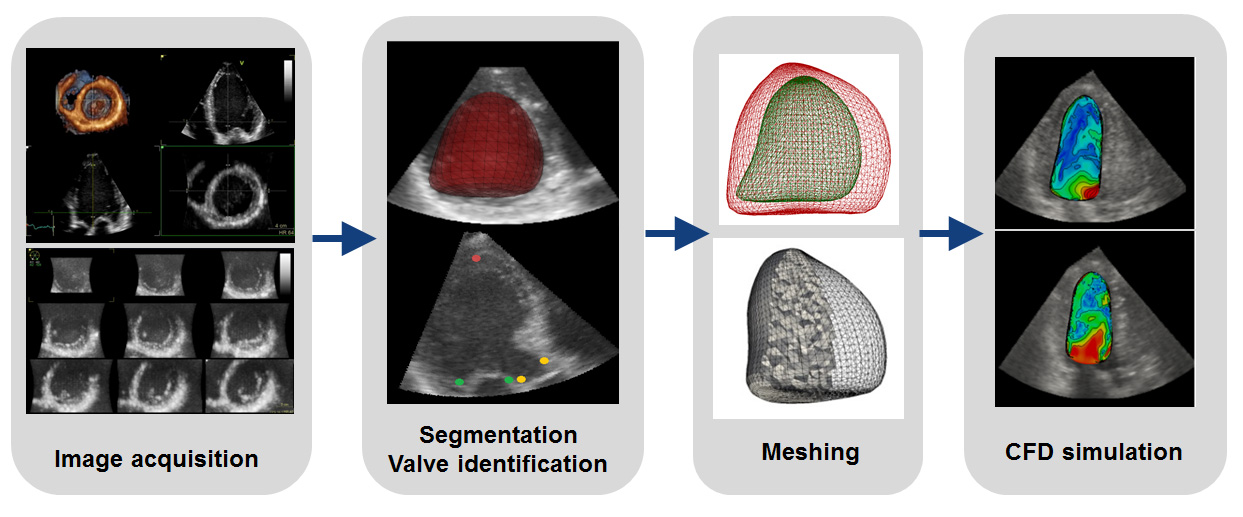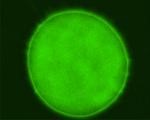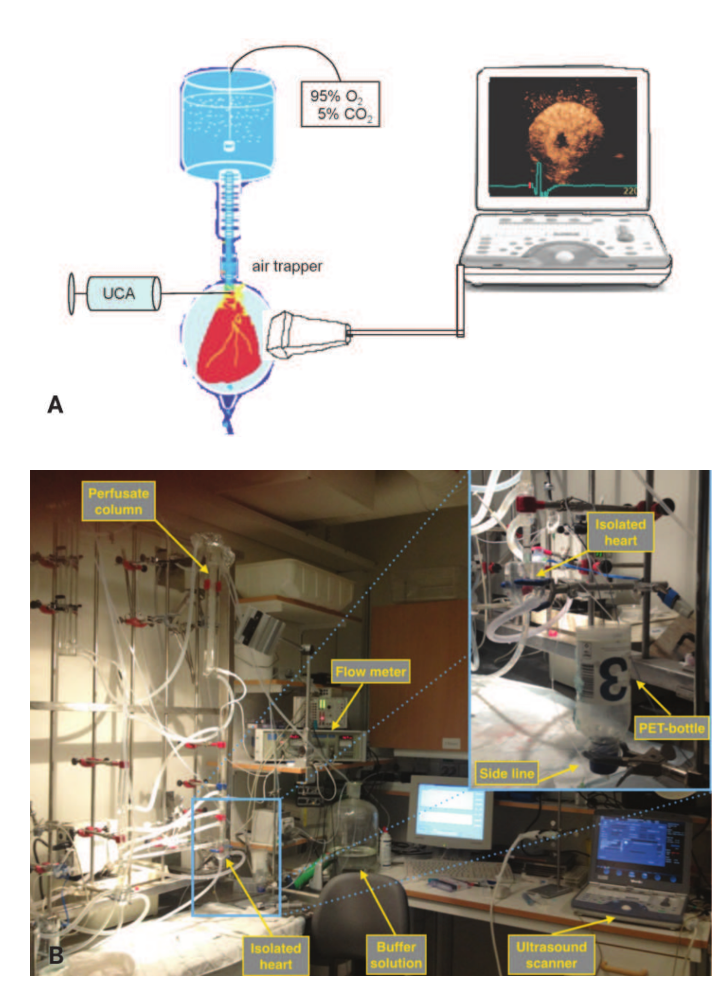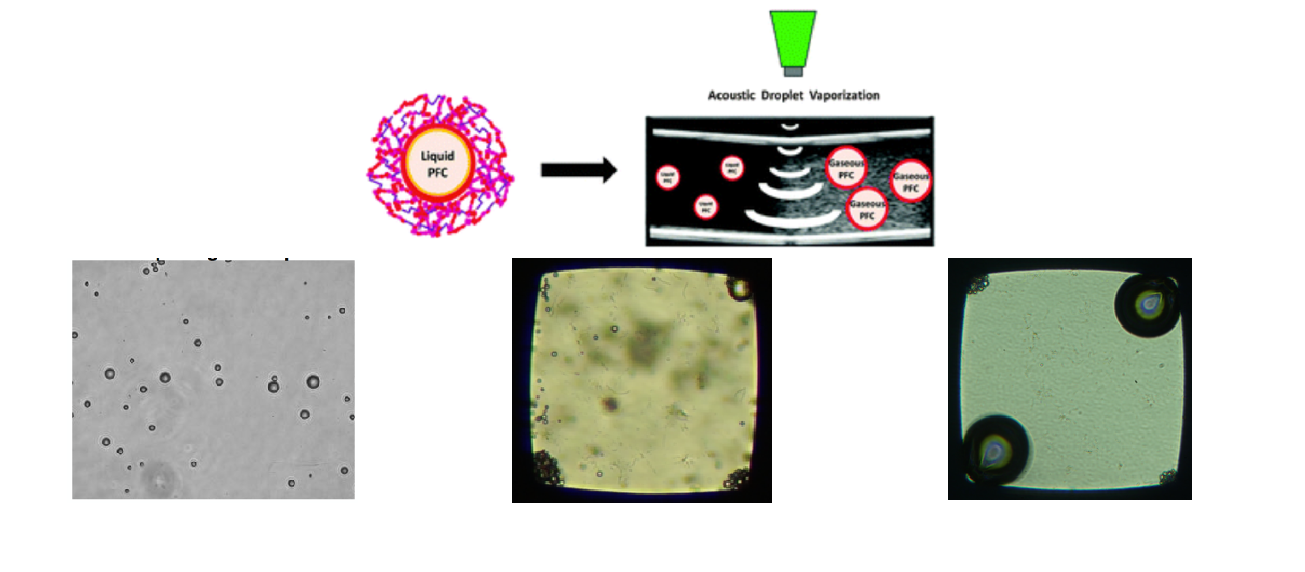CACTUS - Contrast Agent for CT and Ultrasound: manufacturing and characterization
Hybrid imaging is defined as a powerfull combination of two or more imaging techniques. By doing so, the most relevant properties from each modality can be merged together. For instance, the high resolution of CT can be combined with the high temporal resolution of US.
To increase further the sensitivity and specificity of hybrid imaging, an injectable microdevice supporting multimodality imaging approaches would be of great value.
In the CACTUS project, we develop a micro/nano-construct that can support multimodal imaging. The two modalities that our device is intended for are CT and US, but other imaging techniques such as photoacoustic or optical imaging could be also supported.
